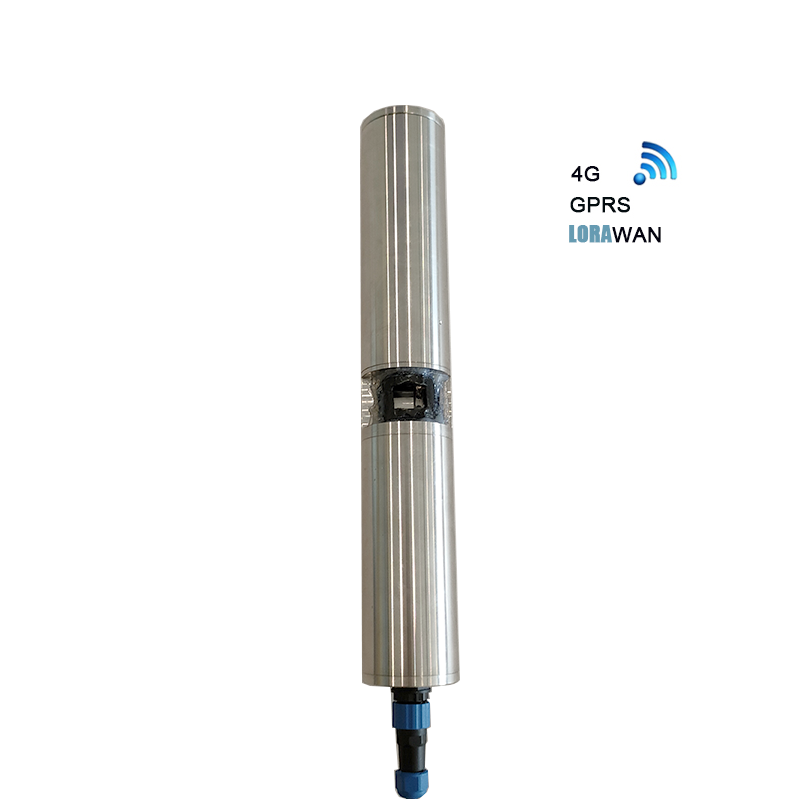As global interest in sustainable aquaculture practices grows, water quality sensors have emerged as a critical technology for ensuring the health and productivity of aquatic environments. Recent surge in online searches related to water quality monitoring highlights the increasing awareness among aquaculture farmers about the importance of precise water management. This article explores the applications and features of water quality sensors in aquaculture, reflecting current industry trends and concerns.
Significance of Water Quality in Aquaculture
Water quality is paramount in aquaculture, directly influencing the growth, health, and survival rates of fish and other aquatic species. Parameters such as temperature, pH, dissolved oxygen, ammonia, and turbidity play a critical role in defining the aquatic environment. Poor water quality can lead to stress, disease outbreaks, and even mass mortality within fish stocks, underscoring the need for effective monitoring and management systems.
Real-Time Monitoring and Data Collection
Water quality sensors enable real-time monitoring of key parameters, providing aquaculture farmers with immediate access to vital information. For example, sensors can continuously measure dissolved oxygen levels, which are essential for fish respiration and overall health. By integrating these sensors with management systems, farmers can make data-driven decisions to optimize feeding times, adjust aeration systems, and implement timely interventions when water quality parameters deviate from ideal ranges.
Early Warning System for Environmental Changes
One of the standout features of modern water quality sensors is their ability to act as early warning systems. Recent Google Trends data indicate that searches for “aquaculture water quality monitoring” have risen sharply, reflecting farmers’ concerns about unpredictable environmental changes, including temperature fluctuations and pollution. These sensors can alert farmers to sudden shifts in water quality, allowing for quick action to mitigate potential risks.
Automation and Integration with IoT
The rise of the Internet of Things (IoT) has further enhanced the capabilities of water quality sensors. Many of these devices can be connected to cloud-based platforms, enabling automated data collection and analysis. This integration allows aquaculture operations to streamline management processes, improving efficiency and reducing labor costs. Moreover, predictive analytics can forecast potential water quality issues based on historical data patterns, allowing proactive measures to be implemented.
Improving Sustainability and Productivity
The application of water quality sensors aligns with the growing trend of sustainable aquaculture practices. By ensuring optimal water conditions, farmers can enhance fish growth rates and reduce the need for chemicals and medications, fostering a healthier ecosystem. Improved water quality management not only benefits fish well-being but also promotes environmental sustainability, as it minimizes the risk of water pollution and resource wastage.
As highlighted by recent trends in online searches, the importance of water quality sensors in aquaculture is becoming increasingly recognized. These sensors play a vital role in ensuring the health, growth, and sustainability of aquatic species. By leveraging advanced monitoring technologies, aquaculture farmers can enhance productivity, respond swiftly to environmental changes, and contribute to a more sustainable future for the industry.
For more information on water quality sensors and their application in aquaculture, please contact Honde Technology Co., LTD.
Email: info@hondetech.com
Company Website: www.hondetechco.com
Tel: +86-15210548582
Post time: Jun-09-2025


